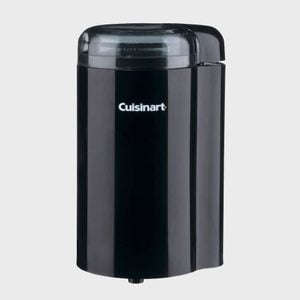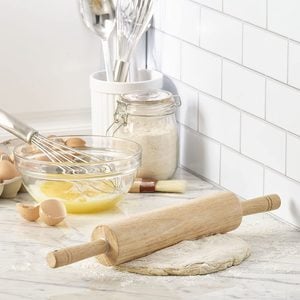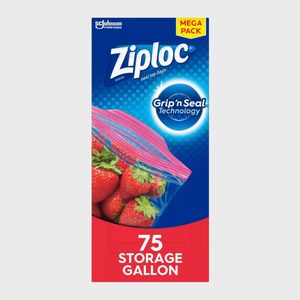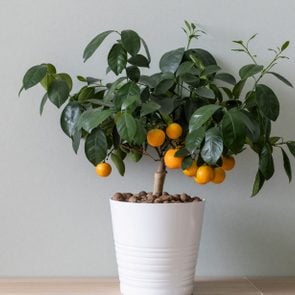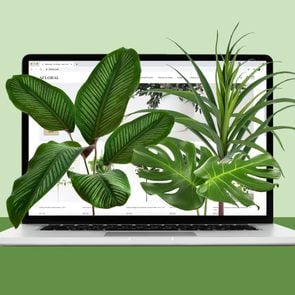How to Use Eggshells for Plants and Make Your Garden Flourish
Updated: Apr. 14, 2024
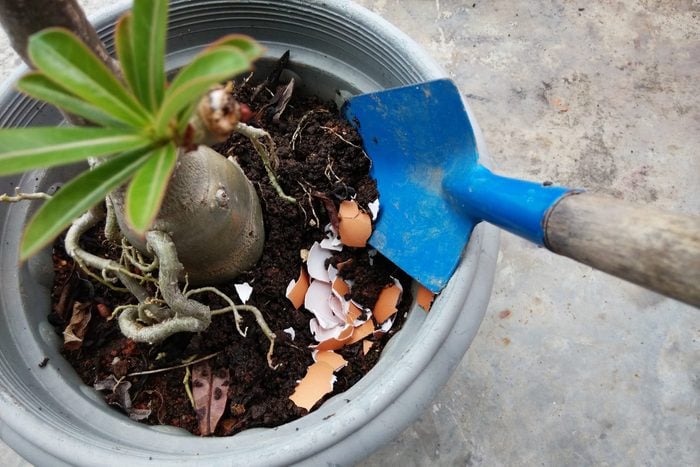
Your garbage just might be your garden’s treasure. Here’s what you need to know about using eggshells to help your plants grow.
You might want to think twice before you throw out those breakfast scraps! There’s a much smarter way to use unwanted food items to reduce food waste and live more sustainably—and give your garden a boost! Coffee grounds can work wonders on everything from blueberries to hydrangeas, and you might have heard similar rumblings about eggshells for plants. But do they really help—and how, exactly?
We asked the experts what these discarded bits can do for indoor plants and your veggie patch, and whether they’re a good addition to your compost. After reading this, you might never toss an eggshell again.
Get Reader’s Digest’s Read Up newsletter for more plant tips, humor, cleaning, travel, tech and fun facts all week long.
On This Page
Are eggshells good for plants?
In a word, yes. Eggshells are a great addition to most gardens and houseplants since they contain calcium carbonate, which strengthens the structure of plants. In fact, all eggs—whether they’re speckled, brown or white—are primarily made of this nutrient and contain potassium and phosphorous.
Frank McDonough, the botanical information specialist at the Arboretum of Los Angeles, recommends adding crushed eggshells to any plants or garden where homegrown compost is used as fertilizer. “There’s no downside,” says McDonough, adding that DIY compost without eggshells is often too acidic for a vegetable garden. The high acidity can decrease how the plant takes in nutrients and adversely affect the crop. You can also use commercial lime to address this issue, but using spent eggshells fixes the problem for free!
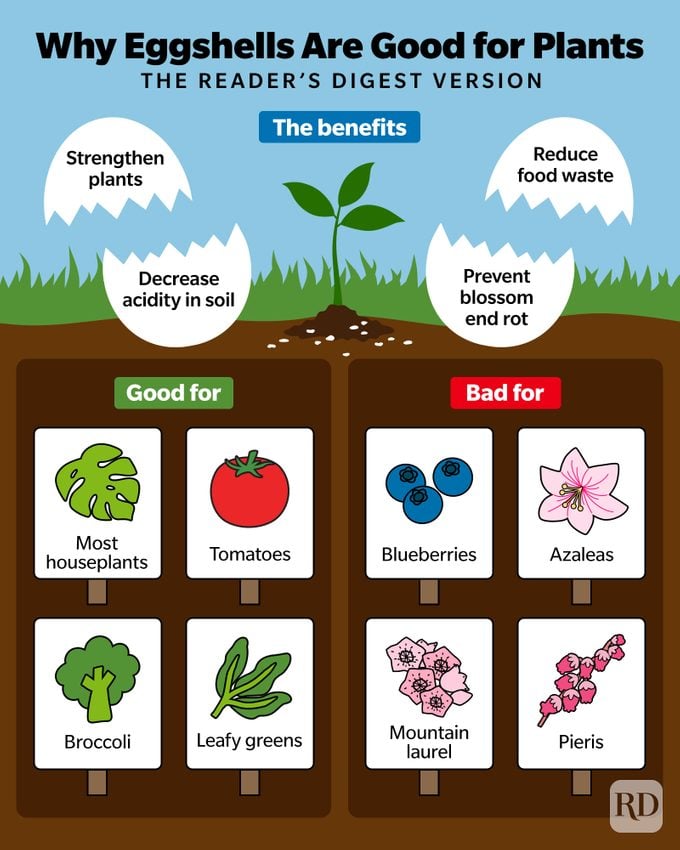
How do eggshells help plants, exactly?
Eggshells’ primary ingredient, calcium carbonate, specifically targets blossom end rot. That’s the deterioration of fruit on certain plants like tomatoes due to calcium deficiency—something that becomes noticeable only when fruits and vegetables start ripening. With tomatoes, for example, water or dark spots might appear on the bottom of the fruit, which will eventually cause it to rot and collapse. This is not correctable after it appears.
But you can avoid this problem in two ways: regular watering (with just the right amount of water so you avoid dehydration and root rot) and boosting calcium in the soil. That latter solution is where eggshells and eggshell fertilizer come into play, in both your garden and your indoor plants. If looking at crushed eggshells in your houseplants doesn’t quite jive with your aesthetic, see the directions below for making liquid eggshell fertilizer.
What is eggshell fertilizer made from?
The only ingredient in DIY eggshell fertilizer is eggshell. You have to do a little more than just throw them into your garden instead of the trash—but really, just a little. Cleaning, drying and pulverizing the shells will help deliver the best results. That’s because eggshells take a while to break down, so those smaller pieces will deteriorate more quickly and make the nutrients more readily available to your plants. The Alabama Cooperative Extension found that sprinkling a tablespoon or two of powdered eggshell directly to the roots of a plant provided the most measurable benefits of adding calcium to soil.
Sonia Uyterhoeven, head of horticulture at Greenwood Gardens in New Jersey, prefers crushing eggshells with a rolling pin and adding them to her compost bin. (Worms love it, and eggshells are great for their digestion.) She washes spent shells and adds them to other kitchen scraps in a sealed bin in the freezer. When the container is full, she adds it to her compost. FYI, putting eggshells in the freezer or drying them in the oven helps them decompose faster.
Wondering if you can buy premade eggshell fertilizer? Commercially produced eggshell fertilizer might be tough to find, but you can try looking for eggshells as an ingredient in store-bought compost. Crushed or powdered eggshells are readily available online and can be added to compost or soil, just like shells from your kitchen.
What plants are eggshells good for?
While eggshells can benefit a variety of plants, agriculture experts say they’re specifically good for tomatoes, which are particularly susceptible to blossom end rot and could use the extra calcium to combat it. Eggshells also help lower the pH level of the soil and make a more alkaline environment, which many crop-producing plants prefer. Which ones? Eggplant, peppers, broccoli, cauliflower and leafy greens, to name a few.
But don’t go overboard. Since it takes a while for the shells to decompose, Uyterhoeven recommends applying eggshell fertilizer to your garden or indoor plants just twice a year—in the fall and spring.
Which plants shouldn’t you try this with?
Don’t add eggshell fertilizer to plants that prefer acidic soil, like blueberries. Ericaceous plants such as mountain laurel, pieris and azaleas also fall into that category. In extreme cases, low acidity for plants could impact their overall health and/or the resulting crop.
If you’re really not sure what your plant needs, consider getting a soil test to check its acidity or alkalinity. Professional labs, university agricultural departments and local extensions offer the most accurate results since they’ll analyze your sample at a lab.
But honestly, don’t worry too much. Horticulturists say it would take a significant amount of eggshells to really impact the acid level of soil. Your safest bet, however, will always be with a well-balanced compost; this will be safe for nearly all gardens.
How to make eggshell fertilizer
Just like rice water for plants, making eggshell fertilizer is incredibly low-tech and super easy. Here’s what you need to do.
- Rinse eggshells after use. Removing egg residue reduces the risk of attracting critters.
- Dry eggshells. Leave them on the counter for a day or two, put them in the freezer overnight (or longer), or bake them on a cookie sheet in a 200-degree oven for about 20 minutes. All of these techniques make the shells easier to crumble.
- Crush the eggshells. You can do this with your hands or by placing them in a plastic bag and using a rolling pin to make the pieces as small as possible. A mortar and pestle, food processor or coffee grinder will get the job done as well. (A coffee grinder will get them closer to a powder.)
- Add 1–2 tablespoons of crumbled or powdered eggshell fertilizer to compost or planting holes. Measurements don’t need to be too exact, but avoid a layer of eggshells at the roots. Be mindful of balance and drainage.
- Plant as normal.
- For existing plants or simply to enrich the soil, add eggshell-laced compost to the top of soil or lightly incorporate eggshell around the base of the plant.
As noted, you can try this on a variety of indoor and outdoor plants—not just your hard-to-kill houseplants.
How to make eggshell water
Because of their sturdy nature, eggshells take a while to decompose. And let’s face it, they are not that attractive circling houseplants. For an alternative, use them to make a liquid fertilizer, or “tea.” If a plant is not thriving or if you’re trying to figure out how to revive a dead plant, the extra nutrition can help.
- Crumble eggshells into a pot.
- Cover with water and boil.
- Let the mixture cool overnight so the eggshell goodness leaches into the water.
- Strain to remove the shells.
- Water indoor plants as you normally would, giving special attention to nutrient-starved favorites. Eggshell water can be used to fertilize container gardens as well.
- Put the leftover crushed shells in your outdoor garden or compost pile.
Since hydration is so essential, make sure you’re watering your indoor plants the right way.
How else can you use eggshells for plants?
As you can see, eggshells make for eggs-cellent garden fertilizer. But their benefits don’t stop there. Here’s how else you can put those shells to good use.
Pest control
Eggshells have a reputation as a slug deterrent. Some gardeners believe the sharp edges of crushed shells have a negative impact on a slug’s life. To give this a whirl, circle the plant with finely crushed shells. At AllAboutSlugs.com, that hypothesis did not protect lettuce, so you may want to consider alternatives if you have a serious snail problem.
Seed holders
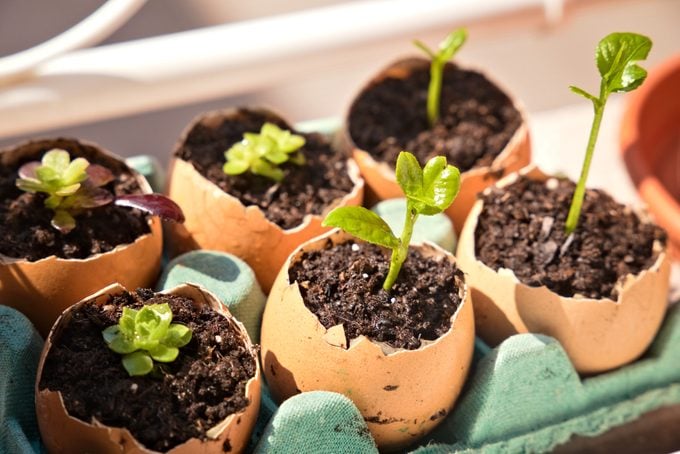
For the young and youthful at heart, here’s a fun project: Use eggshells to start seeds. It’s adorable, affordable and completely organic. Simply wash out the shell halves, then punch a small drainage hole in the bottom. Fill the shell halfway with potting mix or seed starter, then add a seed and a little water. The carton makes a perfect holder! When the plant has several leaves and the weather cooperates, plant it outside—eggshell and all. Just make sure to crack the eggshell in several spots so roots can expand easily.
Extra nutrients for birds and worms
In addition to using eggshells for plants, you can use them to help other living creatures, like birds. Producing eggs full of calcium takes a fair bit of effort. Help out a feathered friend by adding crushed or powdered eggshell to chicken feed for a well-earned nutrient boost. Eggshells can also be mixed into birdfeeders and vermicomposters for the same reason.
Now that you know how to use eggshells for plants, find out if this can help your plants with brown tips—or if that’s another problem altogether.
Sources:
- Sonia Uyterhoeven, head of horticulture at Greenwood Gardens in New Jersey
- Frank McDonough, botanical information specialist at the Arboretum of Los Angeles
- MSU Extension: “Adding egg shells to compost”
- Alabama Cooperative Extension System: “Crushed Eggshells in the Soil”
- Gardens Alive: “Lots of Plants Besides Tomatoes Love Eggshells. Slugs Don’t.”
- All About Slugs: “Eggshell Myth: good idea or all cracked up?”

